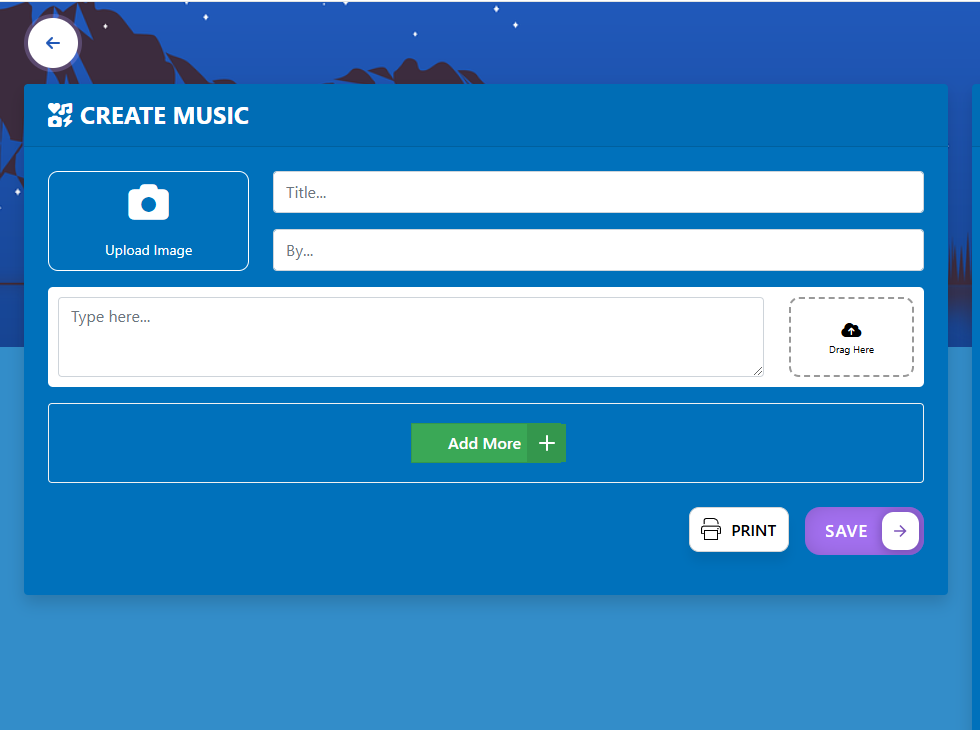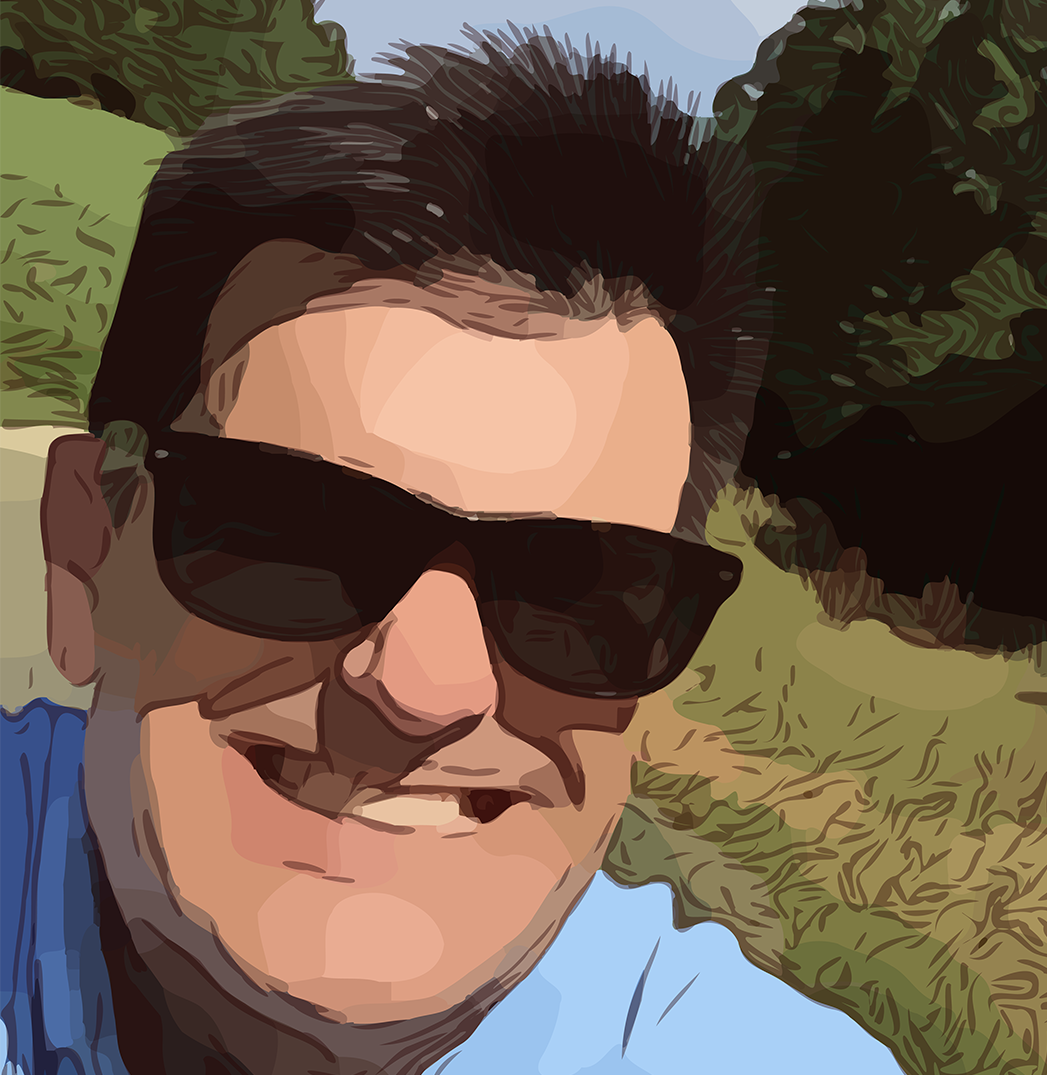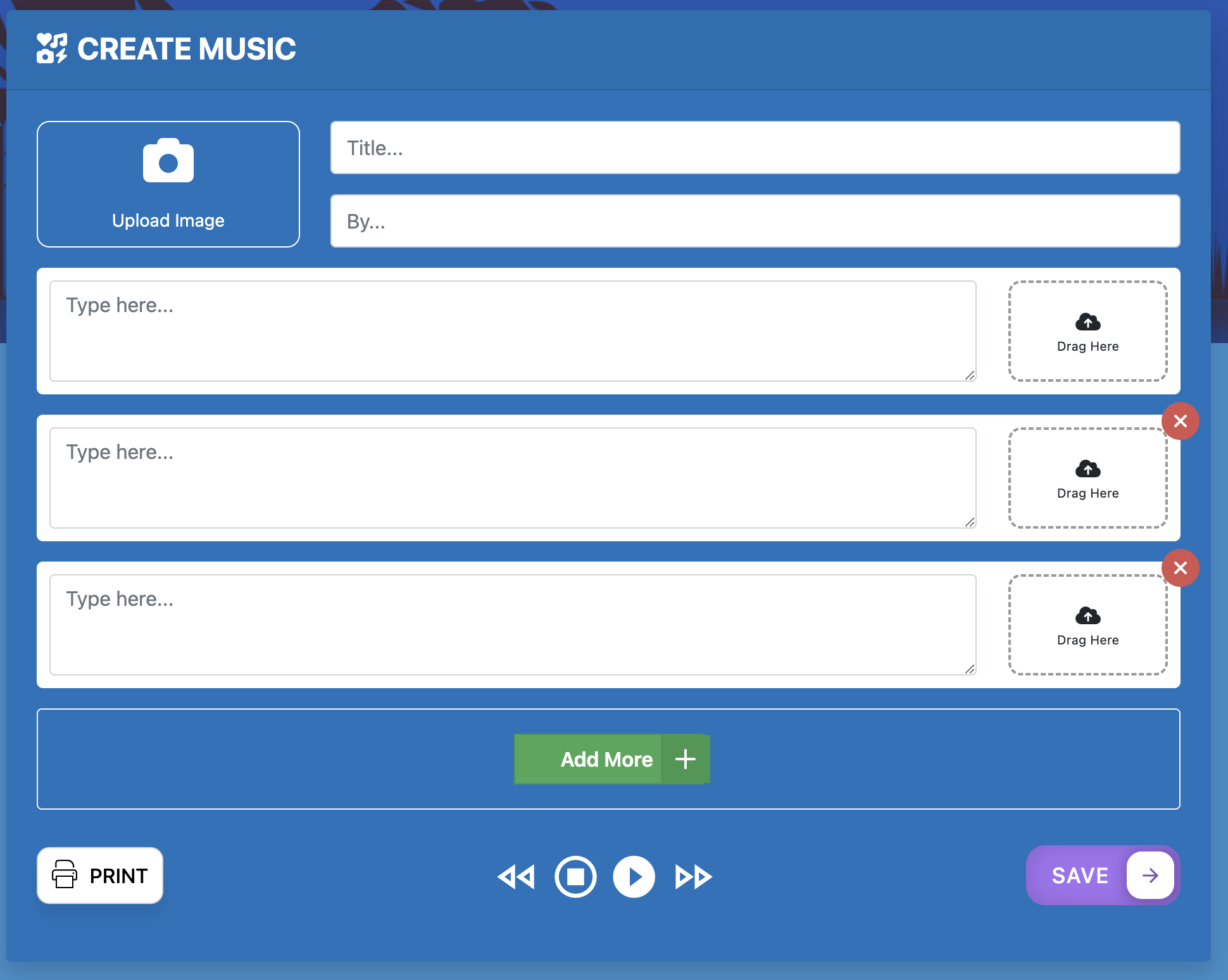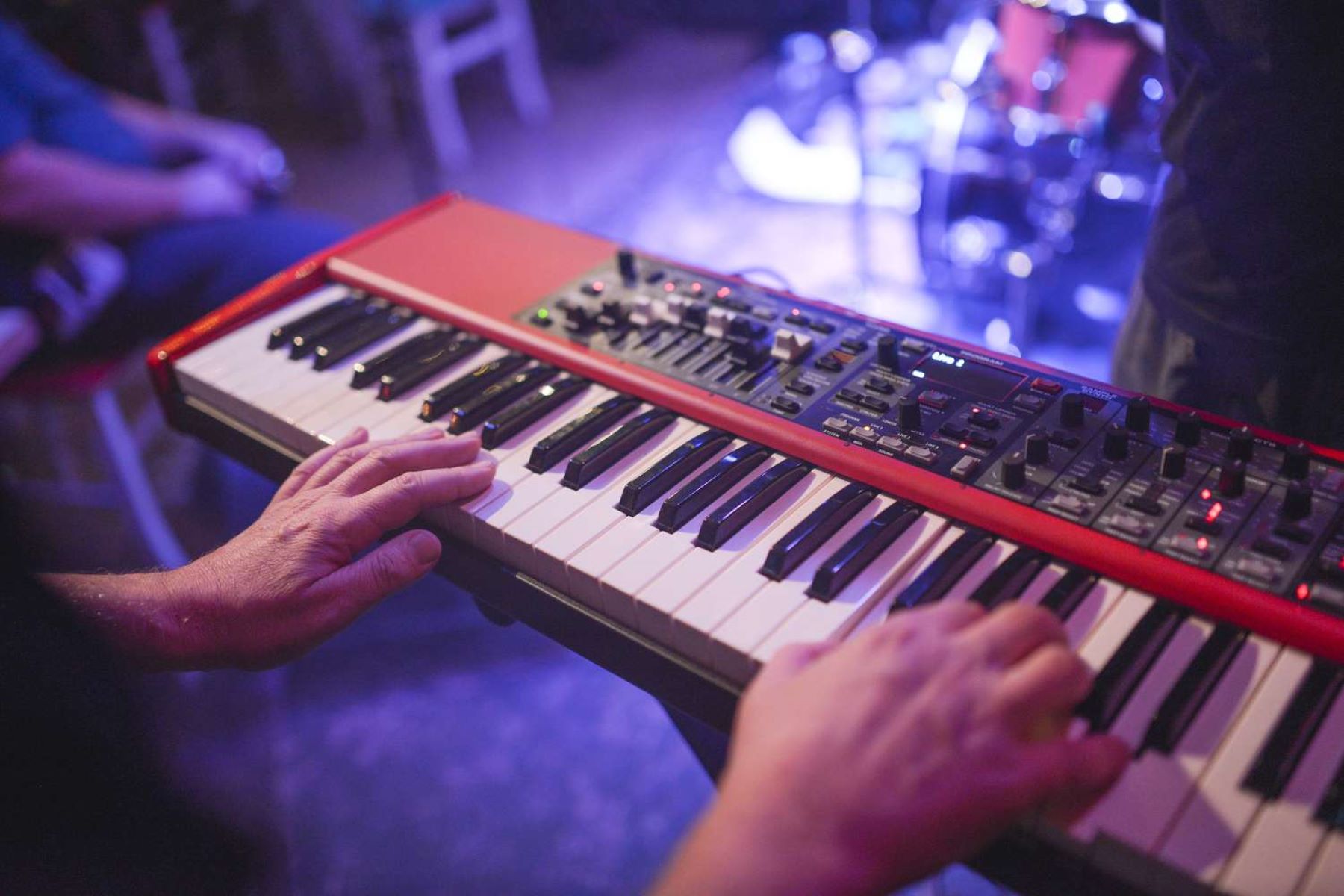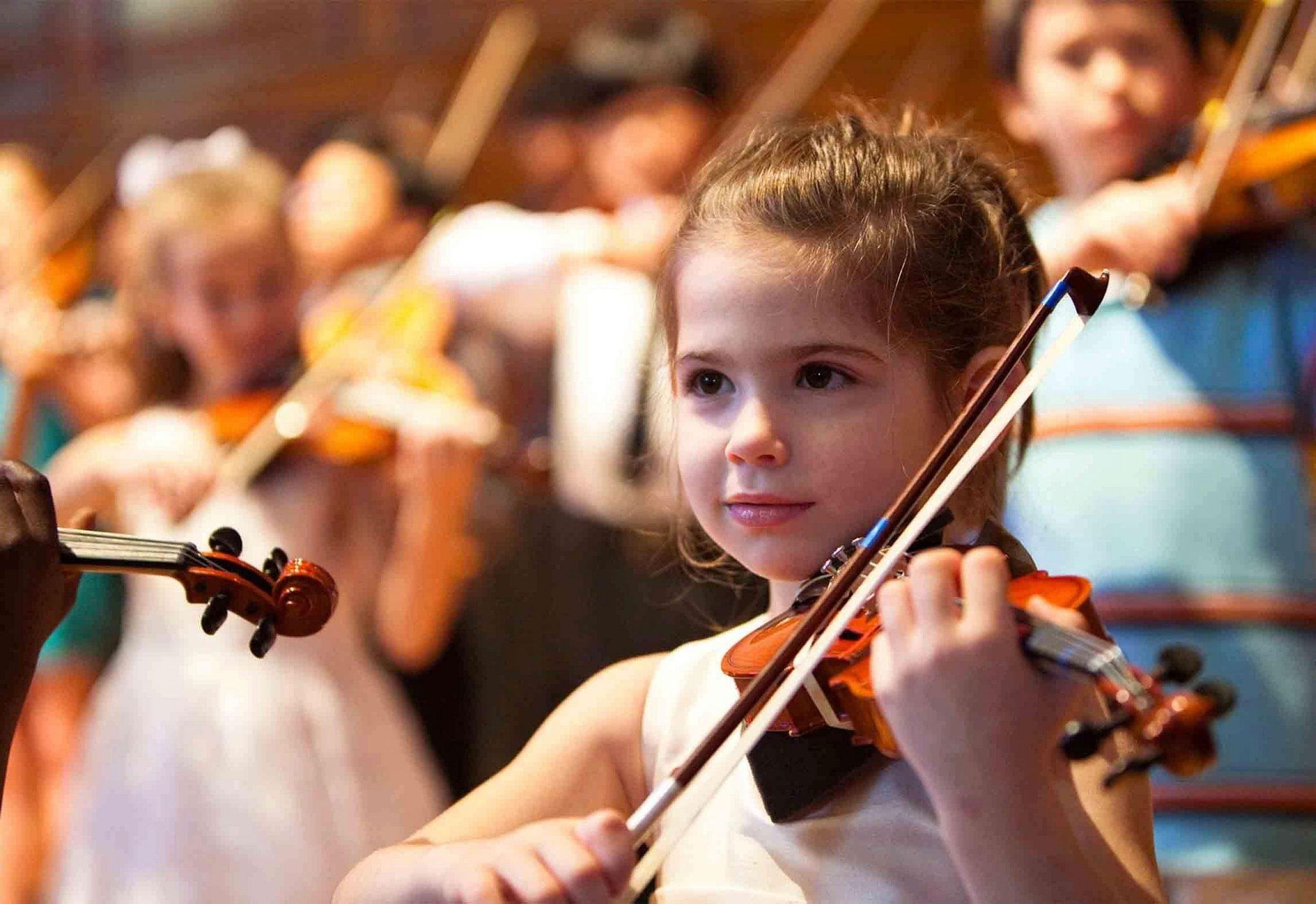You can also begin the storytelling process by listening to the music first. The compositions in DYST feature different:
- Combinations of instruments
- Dynamic ranges
- Tempi
- Modes (e.g., major and minor)
- Styles
Because of this, a project can begin with sections of music to which a story is added.
First, create a new project with a placeholder name, like “Story 893.” The title can be changed later.
***SAVE YOUR WORK!!***SAVE YOUR WORK!!***SAVE YOUR WORK!!***SAVE YOUR WORK!!
Second, listen to the music—in the performing arts, we call this auditioning—and drag/drop four or five pieces into the music spots. Remember, you will have to add more sections to have enough sections for all the music. One section=one piece of music.
***SAVE YOUR WORK!!***SAVE YOUR WORK!!***SAVE YOUR WORK!!***SAVE YOUR WORK!!
Third, create a story that goes along with the music. The finished written story will have the same number of sections as the music. You can write the text on a piece of paper and then type it into the text fields, or you can use a Word document to write your story and then copy/paste each section into its field in DYST.
***SAVE YOUR WORK!!***SAVE YOUR WORK!!***SAVE YOUR WORK!!***SAVE YOUR WORK!!
Creating a music score without a story to which a drama must be created will force the person(s) to think in unfamiliar ways and solve unexpected issues by making the story follow the score. The intent is to stimulate critical thinking and creativity in a relaxed and safe way. NOTE: It’s not the product that is important here; it’s the mental gymnastics used to create the product that improves problem-solving in the future. You can think of this as building a go-cart without getting your hands dirty.



